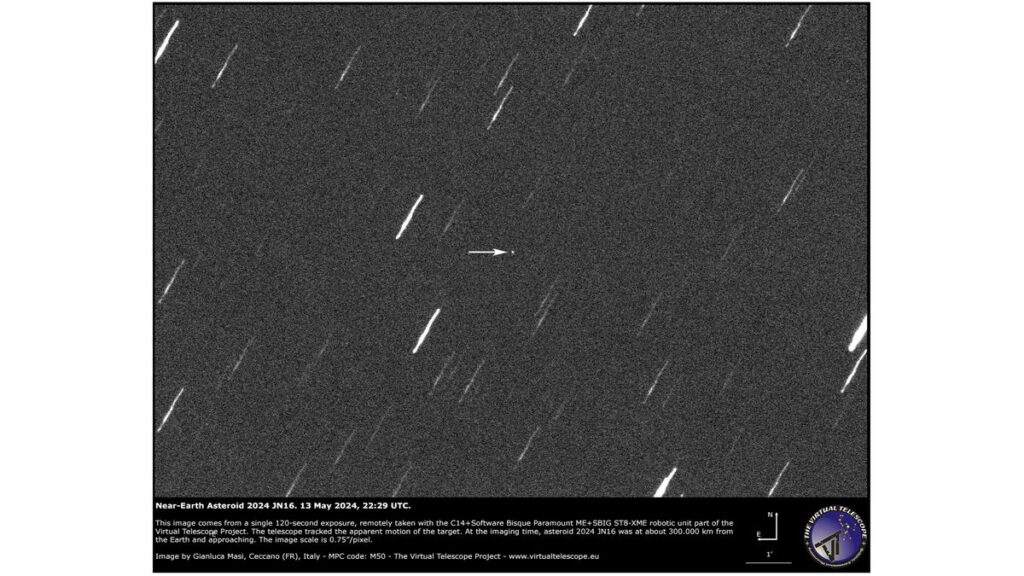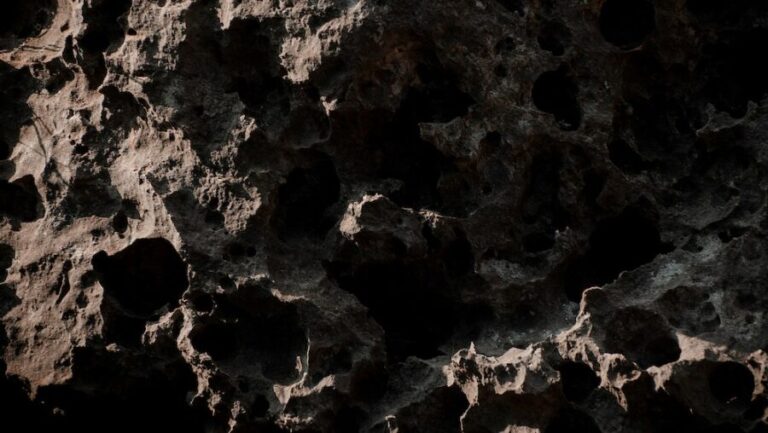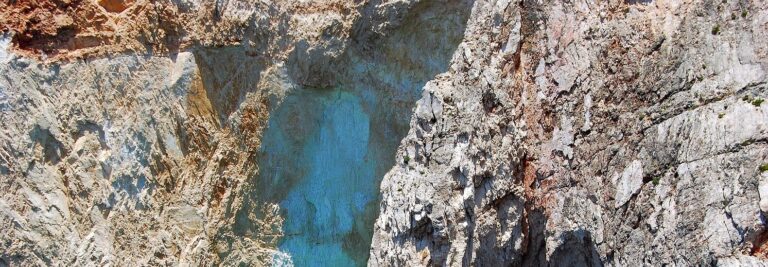
Audience
- Sentiment: neutral
- Political Group: likely apolitical or science-oriented readers
- Age Group: all age groups, particularly young adults and older teens
- Gender: all genders, with potential interest from science enthusiasts
Overview
- NASA is monitoring asteroid 2024 YR4 due to a small chance (2.1%) of it colliding with Earth in 2032.
- The Webb Space Telescope will be used to gather detailed data about the asteroid’s structure and trajectory.
- Monitoring asteroids is crucial for planetary defense and understanding the history and formation of our solar system.
NASA Monitors Asteroid 2024 YR4 with the Webb Telescope
Have you ever looked up at the night sky and wondered about the countless stars and planets that fill the universe?Space is not just home to distant stars; it also contains many asteroids—huge rocks that float around in space. One of these asteroids has caught the attention of NASA, and it’s called 2024 YR4. You might be wondering, “Why is NASA keeping an eye on an asteroid? Does it represent a threat to Earth?” Let’s explore what makes this asteroid special and how modern technology, including the incredible Webb Space Telescope, helps scientists understand it better.
Meet the Asteroid 2024 YR4
Asteroid 2024 YR4 was first identified by the ATLAS (Asteroid Terrestrial-impact Last Alert System) in Chile. ATLAS is like a watchful guardian that looks for these fast-moving rocks in the vastness of space. What makes 2024 YR4 noteworthy is the small chance—about 2.1%—that it might collide with Earth on December 22, 2032. Let’s break this down. A 2.1% chance might seem small, but it’s significant enough for NASA to take action. When people talk about probabilities, they often use terms like “likely,” “unlikely,” or “possible.” In this case, while the chances are not high, they are enough that astronomers want to keep a close watch on it.
NASA has put 2024 YR4 on its Sentry risk list, which is a special list containing asteroids that deserve closer monitoring due to their potential risk to our planet. This asteroid has even received a specific classification: “Meriting Attention by Astronomers.” You can think of it like a teacher keeping an eye on a student who shows potential but might struggle before a big exam. This classification means that scientists are not ready to write it off just yet.
The Size and Power of 2024 YR4
So how big is 2024 YR4? Estimates say it’s between 130 and 300 feet wide. That might not sound gigantic compared to some of the towering buildings in your city, but if it were to enter our atmosphere, the results could be significant. An asteroid that size could unleash an energy equivalent to about 8 megatons of TNT upon impact. To put that in perspective, that’s like a few atomic bombs going off at once! While such an explosion wouldn’t cause global extinction like some of the larger asteroids seen in history, it could still bring about serious damage to the area surrounding where it lands. This brings up an interesting thought: What if a similar event were to happen in a populated area? The implications would be immense.
Currently, 2024 YR4 is moving away from Earth. Its next close approach will be in December 2028, which means that astronomers have some time to gather more information about it. However, space is always dynamic, and the pathways of asteroids can change. According to NASA, continued observation is crucial. Each observation helps refine the risk assessment. Just like how your teacher might reassess your understanding of a topic after seeing your test scores, NASA continuously updates their understanding of asteroids based on new data.
Webb Space Telescope: Our Cosmic Super-Spy
To monitor 2024 YR4, NASA has planned to utilize the James Webb Space Telescope, which often gets called “the Webb Telescope.” This high-tech instrument is not just any ordinary telescope. Launched in December 2021, it was built to look deeper into space and capture images never before seen by human eyes. Think of it as a cosmic super-spy, equipped to observe all things shiny and mysterious that the universe has to offer.
The Webb Telescope can focus on objects with incredible detail. It uses infrared technology, which means it can see heat patterns from objects in space that are otherwise invisible to our eyes. It’s a bit like having night vision—allowing astronomers to gather important data about asteroids, stars, and galaxies that other telescopes might miss. When it turns its attention to 2024 YR4 in March, scientists will be looking to gain a deeper understanding of its structure, composition, and trajectory.
The Importance of Monitoring Asteroids
You might wonder why monitoring asteroids matters to our everyday lives. We often hear sci-fi stories about asteroids threatening Earth, but how often does this really happen? In fact, our planet’s history is dotted with asteroid impacts, some of which significantly impacted life on Earth. For example, scientists believe that an asteroid impact contributed to the extinction of the dinosaurs around 66 million years ago. That single event changed the course of life on this planet drastically. So, while the chances of an impact from 2024 YR4 might be low, the potential consequences of any asteroid collision can be incredibly severe.
Additionally, continuous observation of asteroids can help scientists develop better strategies for planetary defense. If an asteroid is found to be on a collision course with Earth, scientists can work on potential solutions, from redirecting the asteroid to simply preparing for possible impacts. Understanding the physics behind asteroids not only contributes to our safety but can also unlock mysteries about the formation of our solar system.
Staying Informed: The Role of Science Communication
NASA does an outstanding job of updating the public on crucial information regarding asteroids and potential threats. Keeping the public informed is essential, especially as more discoveries are made. It also sparks interest in science; who doesn’t love a good mystery about space? The more we learn, the more we understand the world and universe around us, and we can inspire future generations to dive into STEM fields—science, technology, engineering, and mathematics. Careers in these fields can change the world in extraordinary ways.
As technology continues to advance, we can expect more discoveries, leading to better insights into how we can live in harmony with our cosmic neighborhood. The ongoing research into asteroids like 2024 YR4 shows that we are constantly learning and adapting, keeping us a step ahead in protecting our planet.
Conclusion: What Lies Ahead?
As we await the next close approach of asteroid 2024 YR4 and the valuable data that the Webb Telescope will provide, it’s essential to stay curious and engaged with these scientific explorations. While the asteroid poses a small risk, the continuous observations not only provide safety but also expand our understanding of the universe.
So, what do you think about NASA’s asteroid monitoring efforts? Do you find the idea of asteroids floating in space exciting or scary? Have you ever thought about what scientists might discover next? I’d love to hear your thoughts in the comments!






